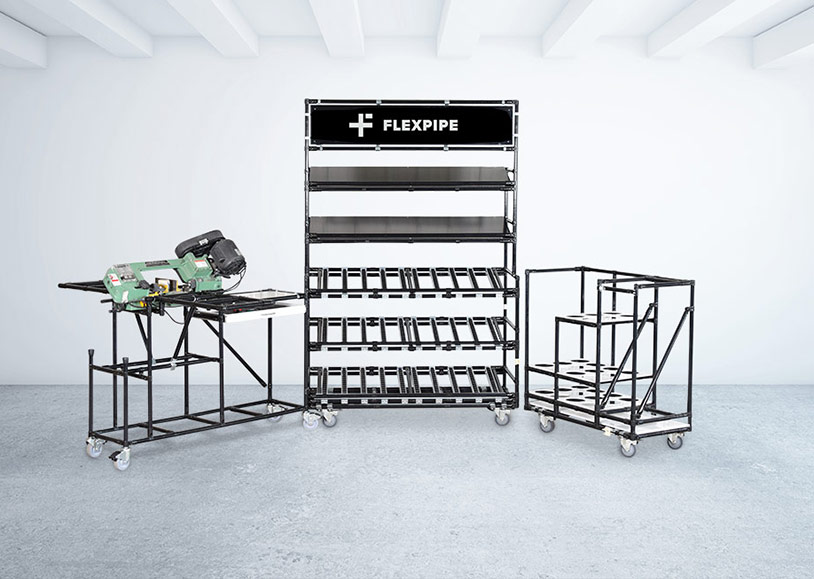
Post
WHY YOUR WORKPLACE REQUIRES A FLEXPIPE CRIB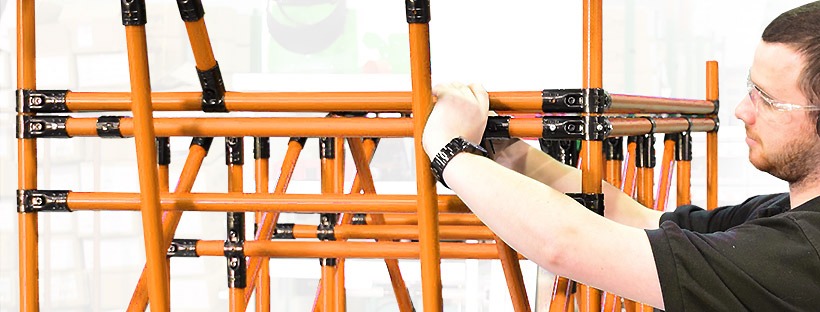
Post
6 ESSENTIAL PERSONALITY TRAITS OF THE IDEAL ASSEMBLER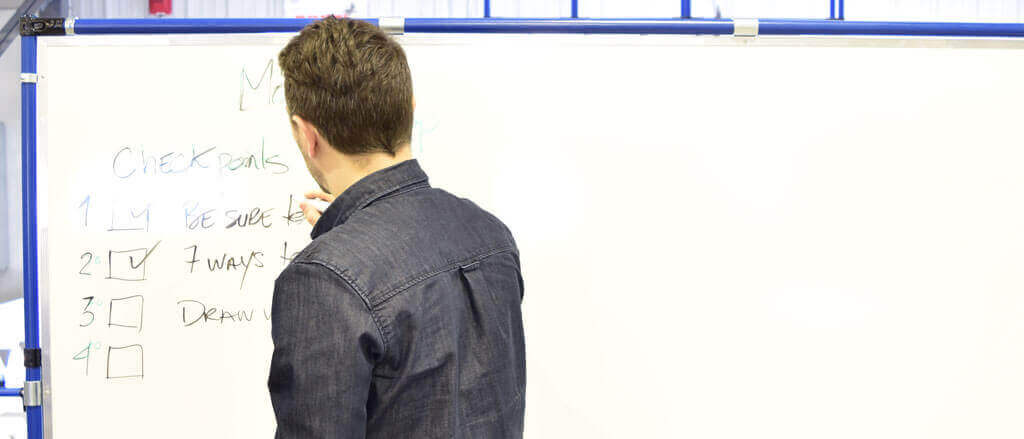
Post
THE 10 STEPS FOR A SUCCESSFUL PROJECT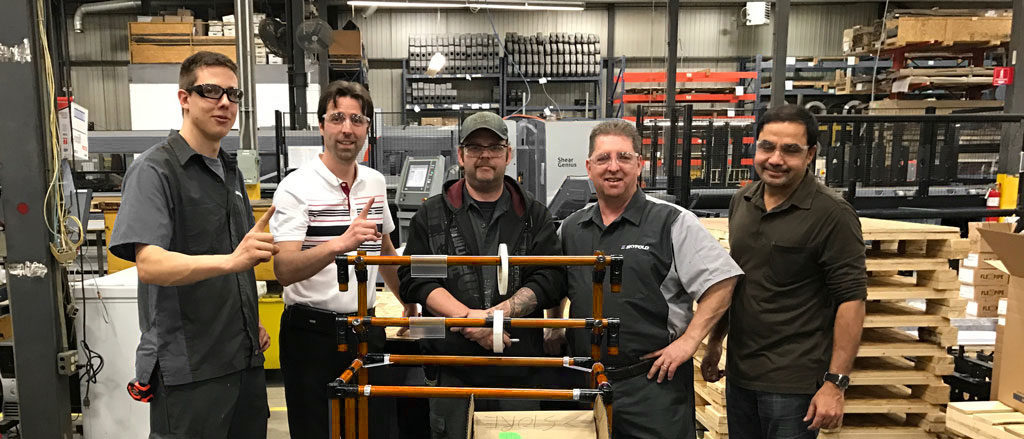
One of the most frequent concerns we hear is “I don’t have the manpower to do it”. The answer to this depends on many factors but there’re several options. However, it will vary based on your resources, budget, time, available space, location and how big your project is.
Here’s a top 8 of the most likely people to build your structures. Most of them would do it in-house with greater access to the 4M; man, machine, methods, and material. Building the Flexpipe structures in-house allow a much better customization.
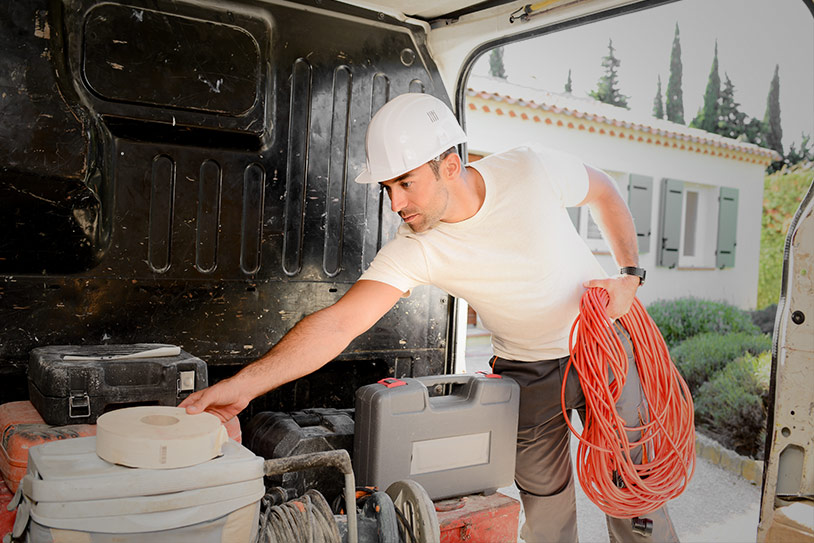
This might be an individual or a small business you already have as a supplier. They already know your business and your facility because they’ve worked for you in the past or do so now.
These people are used to do manual labor. It may be a supplier who has integrated new production lines for you in the past. This is common in big manufacturing businesses like the Automotive industry. These individuals usually have knowledge of fifo rack principles and one-piece flow.
However, even if they have vast experience in manual labor, they are not necessarily experts in industrial pipe racking systems such as Flexpipe, and they may only see this as a one-time contract. If this is the case, your contractor may have to spend time learning the system, and you will lose the know-how they acquired during the project once it is done.

Hiring an engineering intern is an excellent way to bring fresh lean manufacturing knowledge into your business for a defined period. This is a good option if you have a project with a beginning and an end.
Some of these people have the manual skills necessary, especially mechanical engineers and technicians. Most of them will have design and 3D drawing skills, which is important if you want to standardize structures and keep track of the work once the intern leaves. If you are doing it right, they will merge with your business and bring a fresh and different perspective.
The risk of this option is the internship ending before your project is completed. Also, if this person is the only one with lean manufacturing experience in your company, you will lose this knowledge until you hire someone else with the same know-how. This isn’t optimal, since materials handling systems like Flexpipe are constantly evolving and demand continuous improvements to be optimal.
Before you go looking for an intern, make sure your business culture is adequate for this kind of solution. Interns are usually young people with vague ideas and not necessarily mature professionals. They require a little more supervision, so you need to be able to provide them time and a good integration. Depending on the perception of your current experienced employees, this new team member may also create resistance to changes in your organization.

This is the experienced engineer with knowledge not only about lean manufacturing but also with experience in this field. These people may already have worked with a system similar to Flexpipe, and if they haven’t, they will usually learn the system quickly. Like the intern, these individuals usually have a manual, design, and technical drawing skills.
Keeping an engineer like this in your organization will improve your productivity dramatically in the long run. They will keep improving the system as your business evolves so that you can benefit from the optimal potential of the Flexpipe system.
The lean manufacturing engineer would have been our first choice if it was to define the best person to manage your modular system. The problems with these people is that they may soon tire of spending half or more of their time building structures. Some engineers prefer to design other improvements, while some like to manage the projects. They usually have limited manual skills.
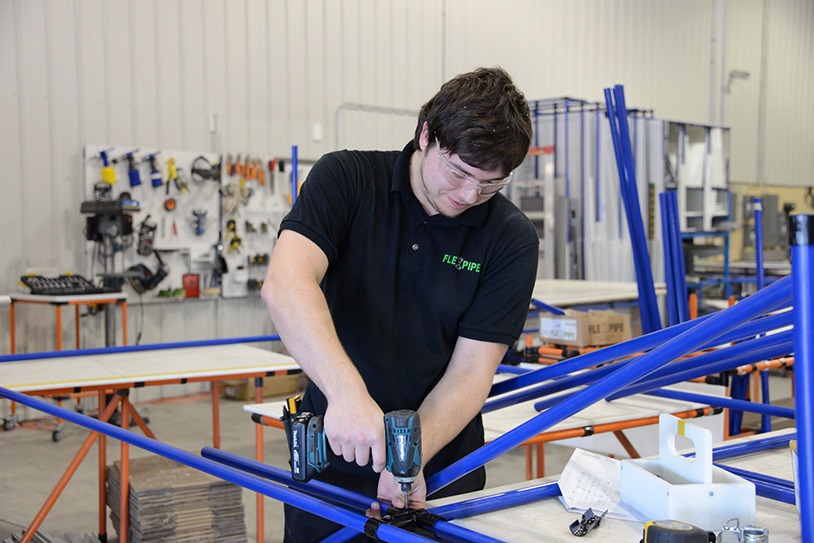
We wouldn’t be experts in material handling systems if we didn’t construct structures ourselves. We have our team of assemblers which builds thousands of structures each year for some of our biggest clients. We also offer help with the designing stage so you can challenge your ideas and improve your concepts. Our team is ideal if you have a big Kaizen blitz coming, and if you lack the resources needed during the assembling stage.
This service is not available for small projects or for facilities too far from our sector. Other businesses who use our assembly team have their structures delivered via freight transporters to their facilities. This is also a less optimal option for facilities far away from Flexpipe since the shipping cost is much higher with complete structures than bulk materials. Furthermore, delays may be longer for our assembly service, plus your team will not have assimilated the knowledge of our assemblers.
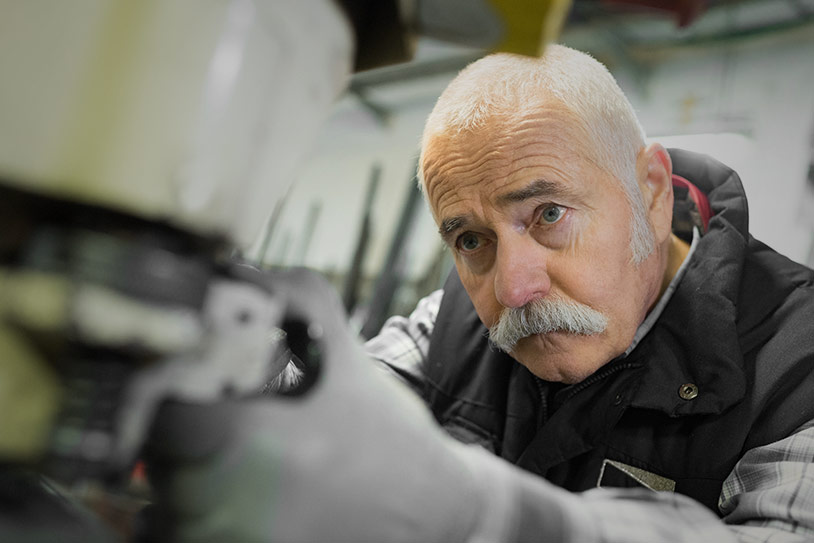
If you have a production worker in pre-retirement, it may be one the best options. Choosing someone with manual skills is preferred. This is an ideal situation for companies that don’t have enough assembly needs to hire a full-time employee. In addition, this existing employee already understands how the company operates.
If this is the first time you introduce a materials handling system like Flexpipe to your business, these people are going to be proud of being part of a new project at the end of their career. If these people are also long-time employees, it is even better because they already know every aspect of production practices that are not well designed and can be improved. They have probably already thought of some designs in the past and would be happy finally to build it to provide a better environment for their co-workers.
There are a few disadvantages to this option. First of all, this worker is probably not familiar with lean manufacturing principles. Secondly, this person will quit within a few years, so you will eventually lose the knowledge they had on the system. Lastly, the pre-retirement worker can have some difficulties with the data processing, which can be an issue on their competencies.
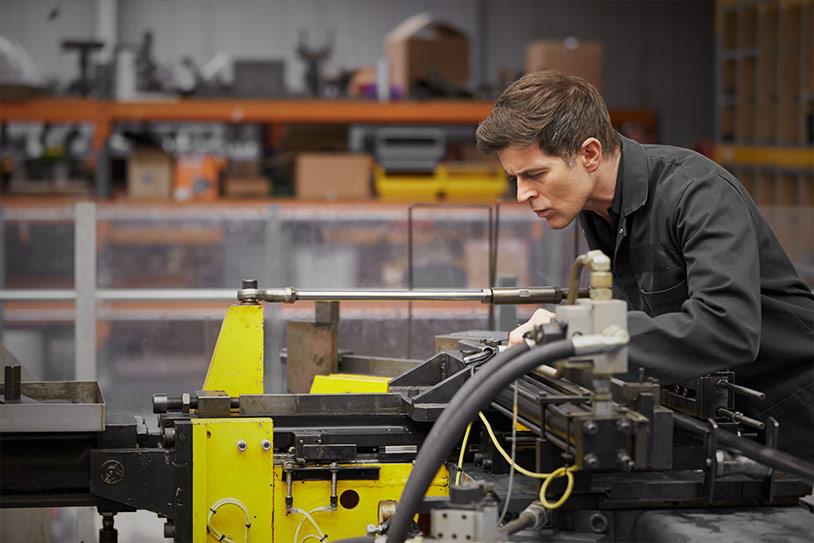
As far as we know, this option is the most popular in medium and large businesses. These people have the skills, the tools, and often the space needed to assemble structures. They usually have a good relationship with the production team, and they know their frustrations.
The members of this team know the facility equipment better than anyone and may be the best option for designing structures that support the production line. These teams usually love Flexpipe, because it allows them to build something instead of always fixing something. Some of the best concepts we have seen were built by maintenance workers.
The problem with using a team is usually that their primary goal is to make the maintenance of the facility and the equipment easier. This often means that materials handling systems come in second, which could hurt the productivity of the system. The maintenance team is overused most of the time, so tasking them with the assembly of Flexpipe and informing them about lean manufacturing principles could be the wrong decision.
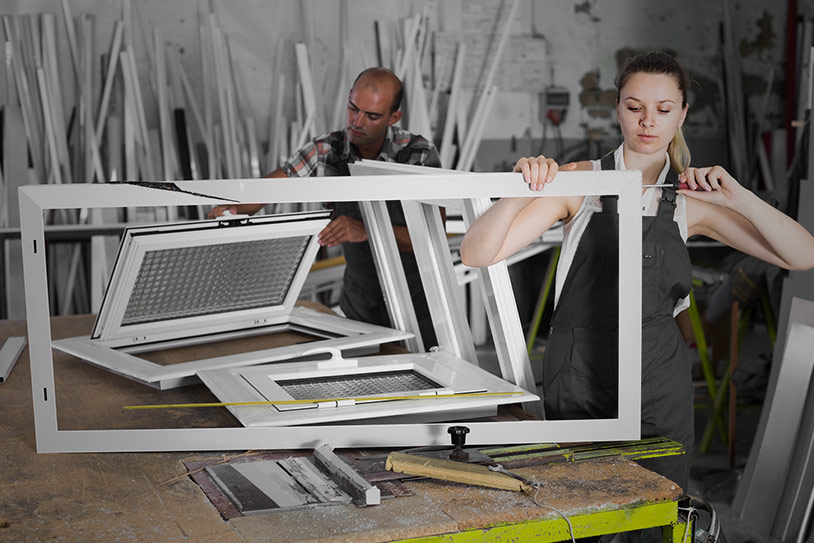
No one is better suited to building structures than the people who are going to use them. They already know all the little things that could mean improvements for their jobs. There are plenty of case studies out there that talk about how workers have changed even the smallest of steps in the production process and how those changes have saved millions of dollars over time.
A Japanese business allows their production workers to take the time to realize their improvement ideas in a room or place dedicated to building materials handling structures. These employees are supervised by a manager, who may be an engineer to verify that the structures are well built and respect security norms.
There are two major problems when using your production team to assemble Flexpipe structures: First, when they are building structures, they are not producing value at that particular moment. Every improvement they make will eventually pay off in the future, but this could disturb your production flow if not done correctly.
The second problem in making your production team assemble Flexpipe is that they usually don’t have a knowledge of lean manufacturing practices. So as you saw in the example above, you will need to involve an engineer to supervise their work.
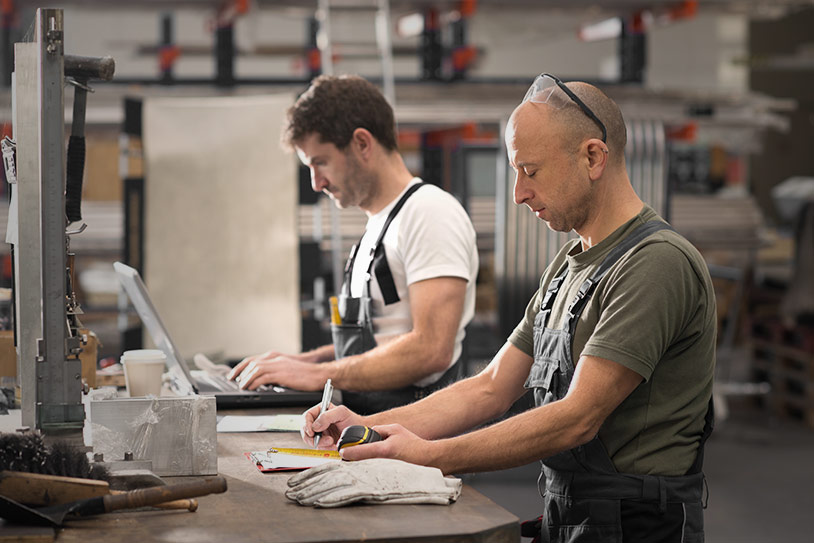
This team dedicates all its time to improving your productivity. This is a multidisciplinary team that will use the Lean Six Sigma principle and tools like Flexpipe to make the most out of your production line. These people probably have encountered a materials handling system before, and they are familiar with it.
Most of the time this team is a combination of the other seven types in this list. We call these people Moonshiners, because they will apply a technique known as the Kaizen Moonshine shop. This option is becoming an industry standard in fields such as Aerospace and Automotive manufacturing. We hope to see more of these teams in other industries in the near future.
The dedicated lean manufacturing team can be a significant investment. This investment will pay off with time. However, we don’t recommend this option for small businesses and if that’s you, we think you should begin with one of the other seven options.
If you are a manufacturer with valleys and peaks in the annual production flow, you can use this trick. When the production decreases in the low season, take this time to have your floor workers and engineers work on Flexpipe projects and improve their work environment.
Ideally, those extra resources would only be used to support existing teams or individuals who work on Flexpipe year-round. This could be the right time to make that happen.